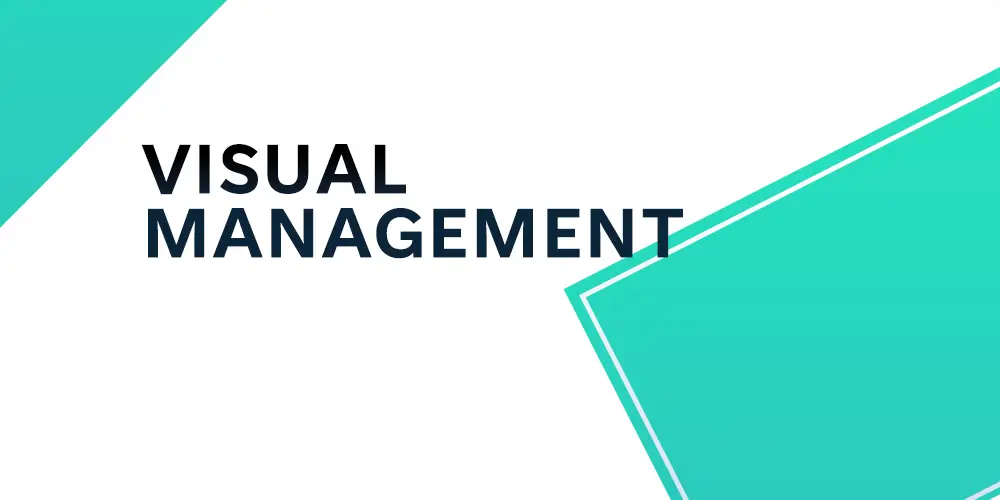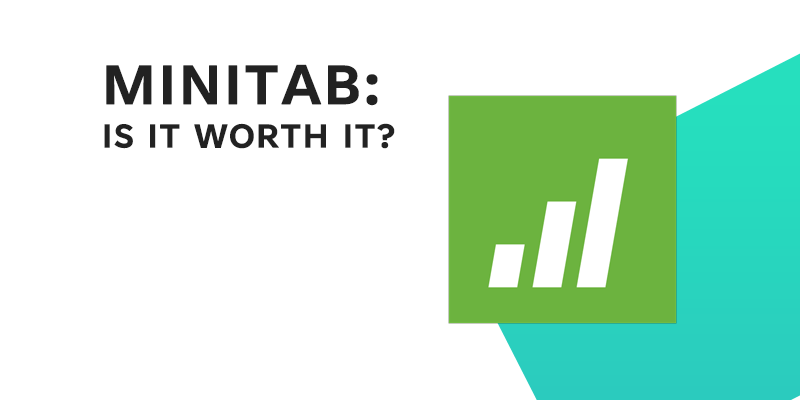Visual Management is one of the key tools in the Continuous Improvement Lean tool kit and has value in being used in every working environment. Visual management can present itself in many ways in the workplace from floor markings to shadow boards and visual standards. Visual management is clear and easy to understand in any language with very little to no explanation of what it means, which makes it an extremely useful tool to communicate Personal protective equipment (PPE) and other safety needs with basic signage.
Visual Management is often used in the control stage of DMAIC improvement projects to control and sustain improvements with visual standards of how things should look and provide a baseline for expectations visually.
What is Visual Management?
Visual management is essentially all about the communication of information. Effective use of visual management uses instinctive visual indications to communicate key information relevant to the workplace at a glance. Meaning viewing the sign should provide you with the information you need in seconds, as opposed to reading long documentation. It is the literal sense of a picture that speaks a thousand words.
Visual management impacts everyone’s lives daily such as within a car there are 100s of visual management indicators there from a simple light on the dashboard to let you know when you are low on fuel or other advance warnings when your car could overheat preventing failures or issues before they happen by using visual management as early warning indicators. Sticking with the car theme, traffic lights are another example, you have red, amber, and green lights, common around the world. They require little to no explanation of what they mean but due to visual management and standards, we understand exactly what the lights mean anywhere around the world.
Benefits of Visual Management
There are several benefits of visual management being implemented within Lean Six Sigma projects and in general in the workplace.
Quick communication of information – Visual management allows information to be quickly and easily understood by everyone in the area. It is estimated that 10% of people remember what they hear and 20% remember what they read, but 80% of people remember what they see. Visual information is also processed by the brain 60,0000 times faster than reading text. Meaning if you can communicate information visually instead of through written information this will allow the information to be more likely remembered and understood much faster by those who observe the visual information. Therefore, data is often communicated with charts and graphs as the visual representation of data is much easier and faster to understand rather than spreadsheets of numbers.
Instant updates – Visual management can often be used in the workplace to provide instant updates of progress such as digital screens showing Overall Equipment Effectiveness (OEE) of the production shift or live sales figures and highlight any problems or deviations from targets so know if additional effort is required to meet targets set.
Remove language barriers – Visual management is a universal language making it easy to understand expectations from visual cues much easier in any language saving the need for translation or risk to safety due to lack of understanding of written instructions, this makes them ideal for safety signs and safety requirements communication.
Keeps systems running as designed – Using visual management can help keep systems running as designed. By using visual management it’s easier to visualise the outcome of a specific process that has been part of a continuous improvement project, using Control charts to visualise the range of outputs from the process and monitoring that the results are inside the control lines.
Reduce miscommunication – With documentation such as manuals or standard operating procedures there can be a level of miscommunication if the written or verbal format is the only source of communication, many people are visual and can understand information much better visually. Therefore Standard operating procedures are often demonstrated with pictures or videos of the process as well as written step-by-step instructions. For example, if you are not familiar with the names of tools or equipment in the workplace a picture of what the tool or equipment looks like is helpful to understand what equipment to use. This is often beneficial for new starters in a workplace with a lot of internal terminologies that are not commonly understood outside of the business. This makes technical drawings in manufacturing and engineering a very useful method of communicating build specifications.
Types of Visual Management
There are a few ways visual management can be used both inside and outside of the workplace. The most common types include floor markings, shadow boards and colour coding of items.
Floor Markings
Floor markings are one of the most common types of visual management that can be seen in manufacturing and production facilities to indicate specific areas of floors such as designated walkways, areas where materials should be stored when work in progress (WIP) or to highlight hazardous zones that additional PPE may be required such as hard hats under overhead lifting equipment zones. They can also be found in public places such as Hospitals and Airports to communicate which way to go for X-Ray or for Security or Passport control which is beneficial to the organisations as it reduces the number of questions staff receive asking where locations are and benefits customers as it allows them to easily identify where they need to go without asking for directions.
Shadow Boards
Shadow boards are another example of visual management which is very popular in businesses of all types as it makes it very visible what equipment or tools should be placed where and can easily identify if a piece of equipment is either missing or damaged if the shadow board highlights an anomaly.
Colour Coding
Colour coding is a commonly used visual management method to communicate Stop and go or Good and bad with green and red colours. They can also be used on gauges where a section of the gauge is in red indicating that if the needle goes into that area, it is bad, and action must be taken. Some objects in the workplace a painted highly visual colours making them easy to spot such as fire alarms or safety and hazard signs.
Visual Standards
Visual standards are often used to demonstrate how a product or an area should look where written specifications are not a useful way to communicate, measure or compare. These can be used by providing a picture of how a product should look or what would classify as a defect by comparing the object being observed with a standard as standard image of what a defective or non-defective product looks like. This removes individual interpretation of what good and bad looks like and creates a standardised understanding based on a visual standard.
Conclusion
In conclusion, Visual Management is a very useful lean tool to use in the lean six sigma project for sustaining and controlling improvements or as a stand-alone lean tool to make improvements within the workplace. There are many benefits such as faster information processing and reduce miss communication. Visual management can also present itself in many different ways in day-to-day life as well as in the workplace making it a very versatile tool to use in almost any situation to make improvements.








